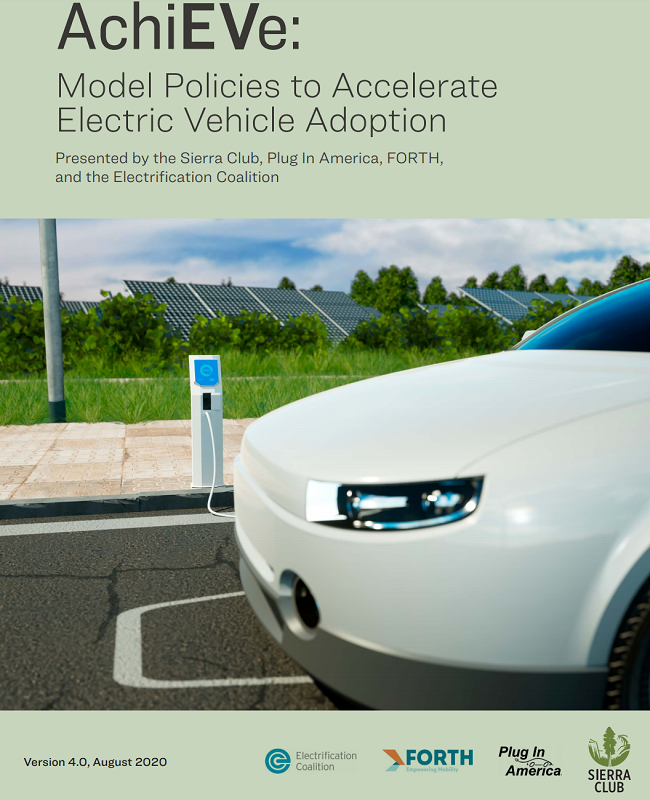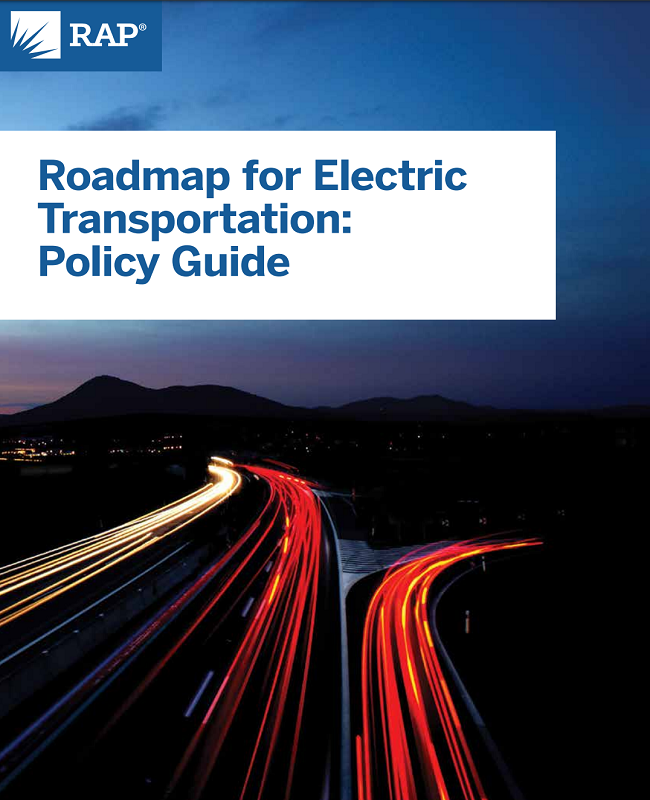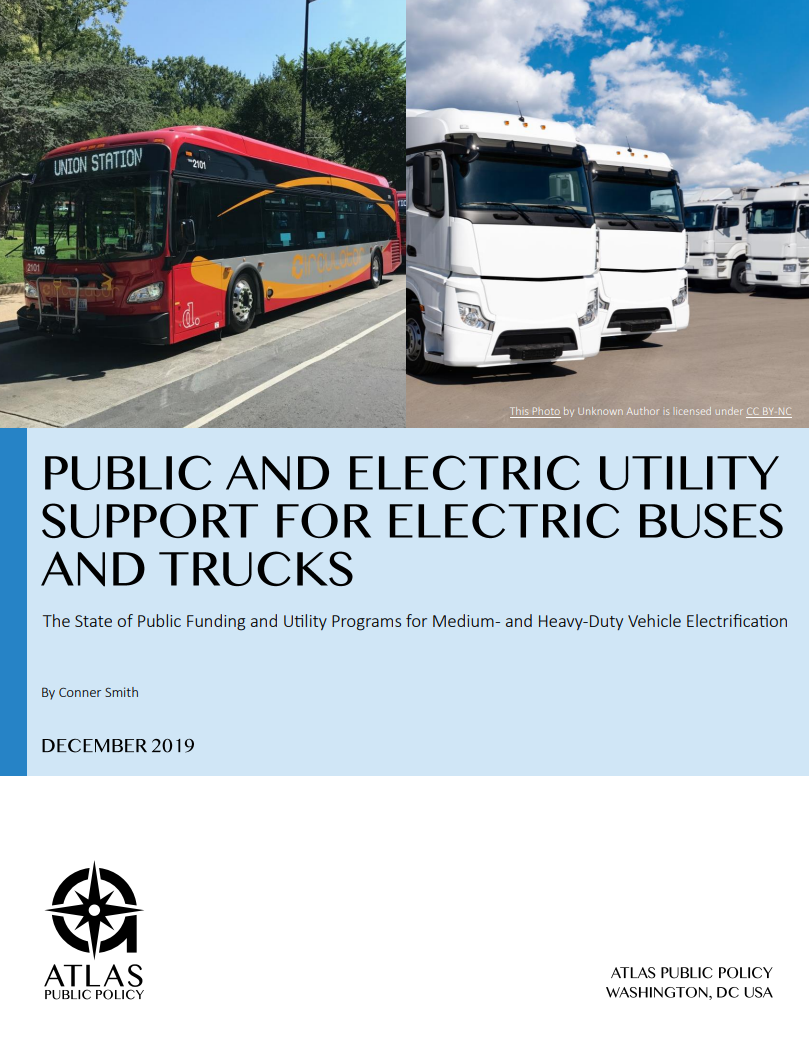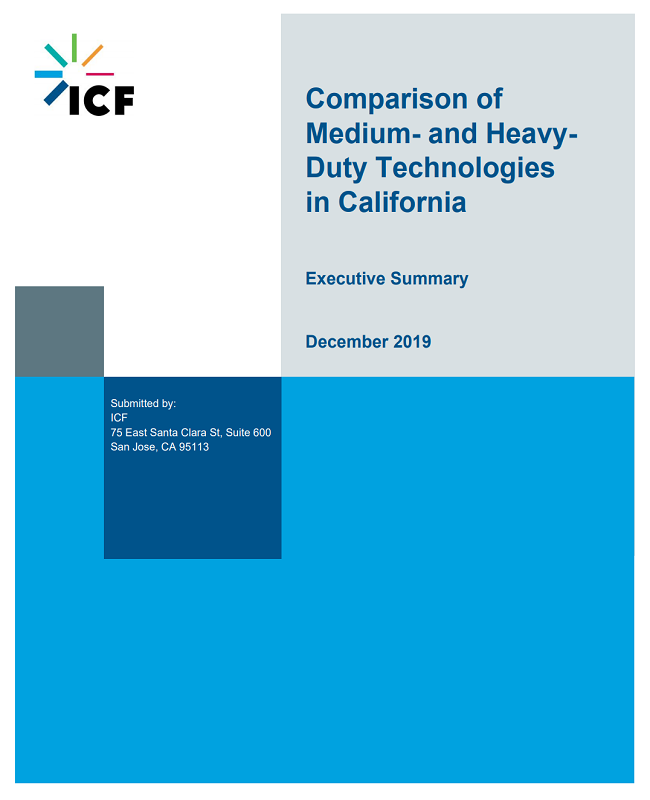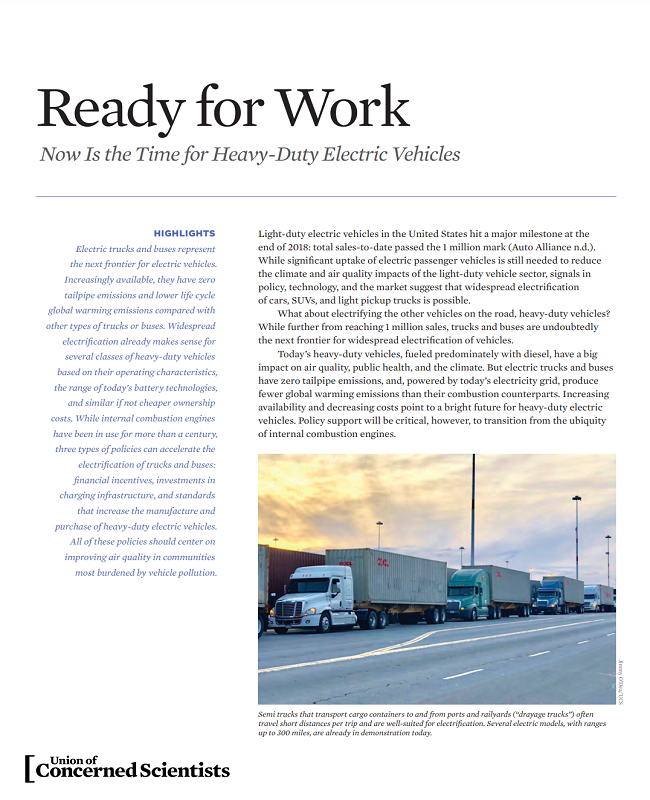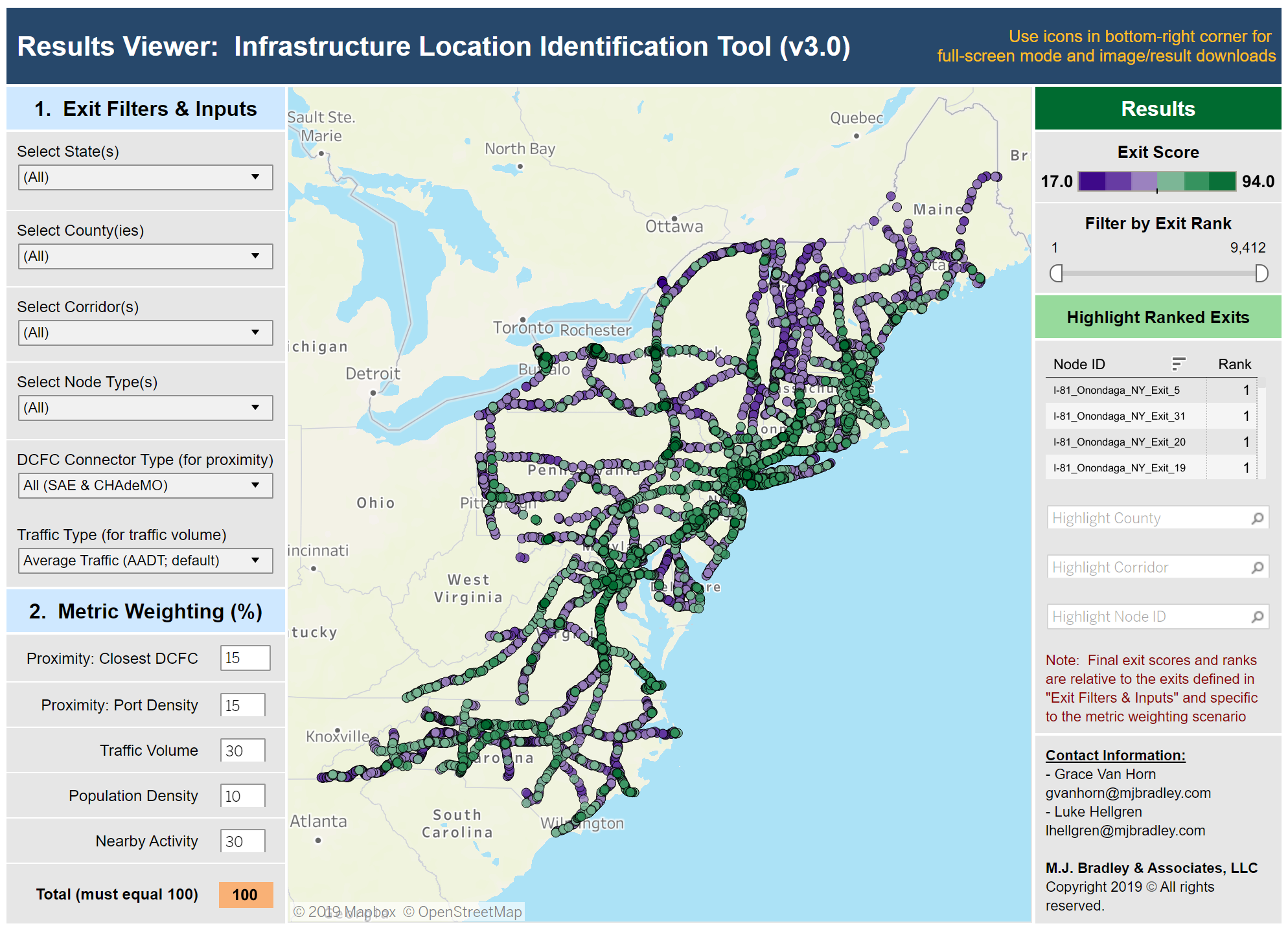Affordability of Household Transportation Fuel Costs by Region and Socioeconomic Factors
Spencer Burget2021-06-17T12:57:17-04:00Argonne published this study on affordability of household fuel costs to provide a more detailed understanding of the geographical variation in burden by connecting vehicles miles traveled, fuel economy, fuel costs, and income data at the census tract level.

